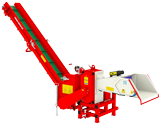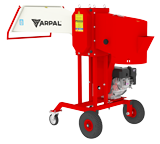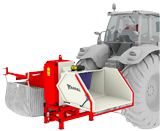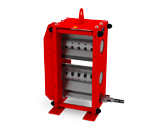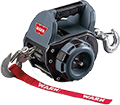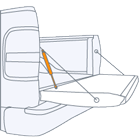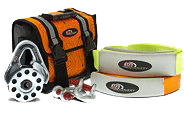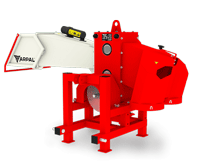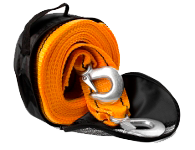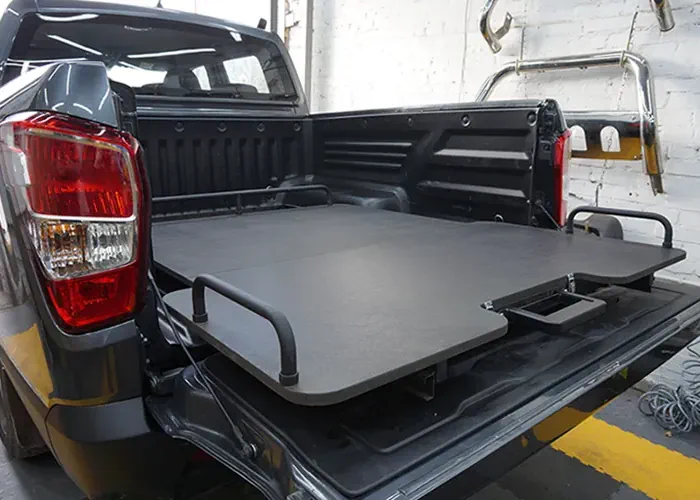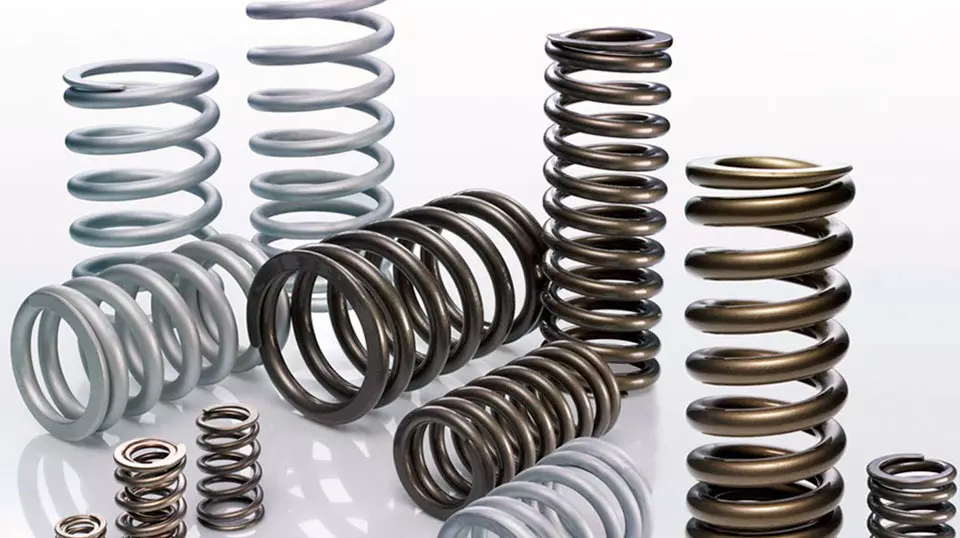What are shock absorbers for
Shock absorbers do exactly what their name implies: they absorb shocks and bumps from the road surface. It's a simple concept, but the different types of shock absorbers, how they are made, and why some work better than others can turn into a complex science that could become a college course on understanding shock absorbers. Luckily, in this text, we'll start with the basics and then delve into more details about shock absorbers in other articles on our blog.
Single-tube shock absorbers
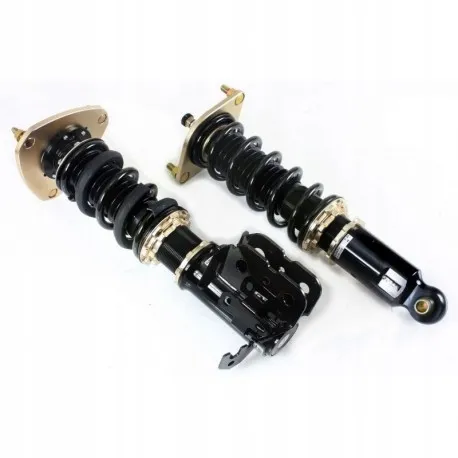
One of the most common types of shock absorbers used in suspensions is called a single-tube or monotube. It was first developed in 1954 by Bilstein. The monotube shock absorber has one piston. On one side of the piston is hydraulic oil. On the other side is a pressurized gas (usually nitrogen). The hydraulic fluid slows down the movement of the tire and wheel up and down, dampens the forces from impacts and dissipates heat energy. The pressurized gas also helps to dampen and absorb shock.
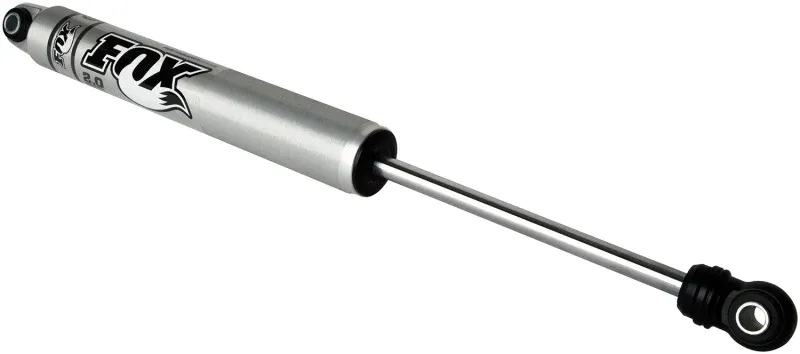
Two-pipe shock absorbers
Unlike the first type, a twin-tube shock absorber is a lesser performance version of a single-tube shock absorber, which is more common in cars and trucks that are not focused on high performance. Double-pipe shock absorbers are less expensive than single-pipe shock absorbers, but the double-pipe design allows gas to mix with the hydraulic fluid, creating air bubbles in the oil called cavitation, which can cause the piston to move more freely. This renders the shock absorber virtually useless, a phenomenon called "shock absorber damping."
But today, many manufacturers are using technology to fight cavitation and increase the performance of twin-tube shocks without raising the price. For example, we recommend paying attention to the reinforced double-tube shock absorbers with technology that almost completely eliminates cavitation, which are very popular among off-road tuners.
But still, their reliability and performance is inferior to other types of shocks, and off-road suspension companies use reinforced single-tube shocks or bypass shocks, which are vital for off-road performance to keep the tires pressed to the ground and the suspension under your control.
Adjustable shock absorbers with remote reservoir
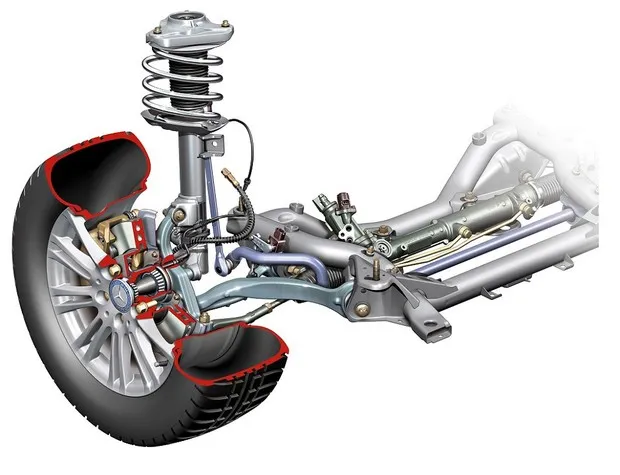
An upgrade to the shock absorbers often involves the installation of adjustable single-pipe shock absorbers, which have an external reservoir connected to the shock absorber housing by a rubber hose. The shock absorber disc can be used to adjust the position of the piston, providing a smoother ride on roads or improving off-road performance.
There is also a so-called coilover shock absorber. The body of such a shock absorber consists of mounting points for a coil spring to create a single shock absorber and spring, i.e. a 2-in-1. This allows for a more compact shock absorber when space may be an issue, and also gives you more options for spring preload settings.
Coilover shock absorbers are offered in a variety of link travels with adjustable coiled spring mounting options. The shock absorbers themselves are also usually monotube shock absorbers and may have a remote reservoir.
Bypass (Bypass) shock absorbers
One of the most efficient types of shock absorbers is the Bypass shock absorber. This type is specially designed for high-performance off-road vehicles due to its exceptional ability to dissipate heat. Bypass shock absorbers are often the main shock absorbers for trophy trucks, rally cars and other vehicles designed for fast driving over rough terrain.
They also offer a huge amount of adjustability, allowing you to achieve exactly the ride and performance you want for your vehicle.In addition, unless you completely destroy the shock absorber during use, a bypass shock absorber can be rebuilt, which will save you money in the long run.

When you do an SUV suspension lift and have the opportunity to modernize the car's suspension, pay attention to the selection of the shock absorber, because it will affect the ride quality and suspension performance under high loads in "combat" conditions.


 PL
PL
 CZ
CZ
